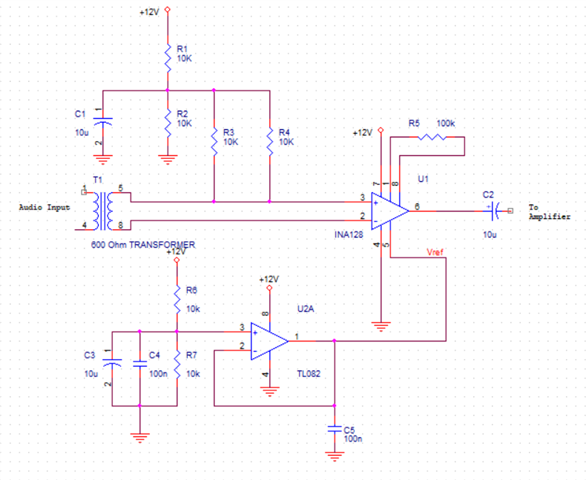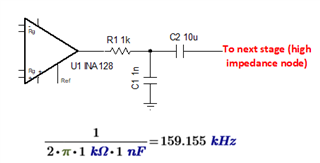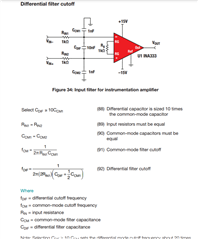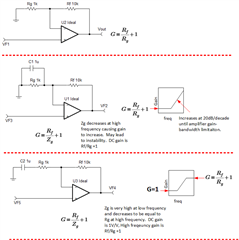Tool/software:
Hi,
I need some help on my design with INA 128.
My circuit is simply an audio amplifier. It works pretty well, but I think that there is some high frequency noise at the output. Plese help me check the circuit, and let me know how to filter high frequency from the output? Can I add a capacitor paralell with R5 to make an LPF?
Maybe using a capacitor between In+ and In- is better?
Regards
Tuan Tran





